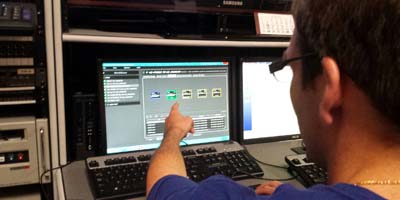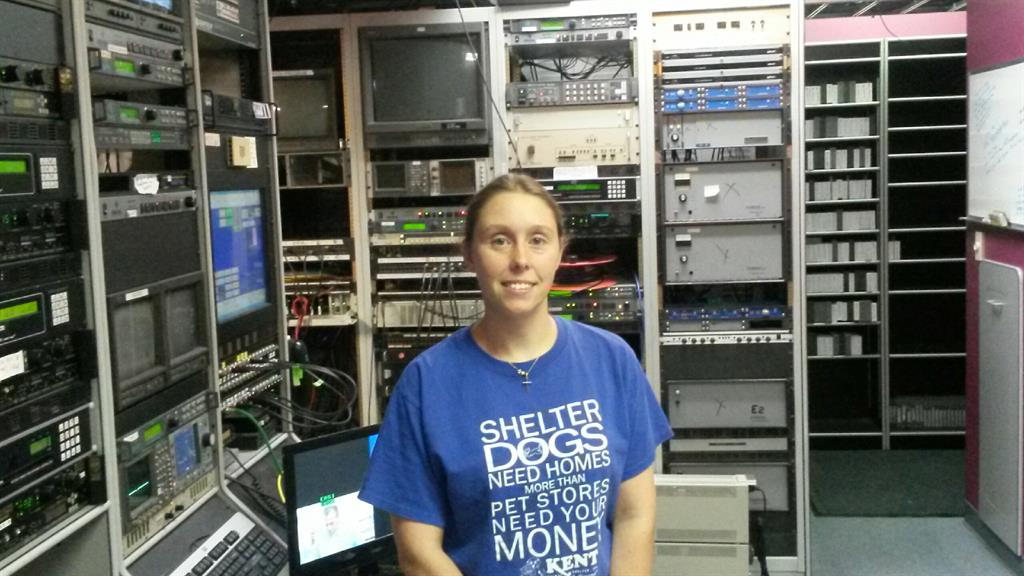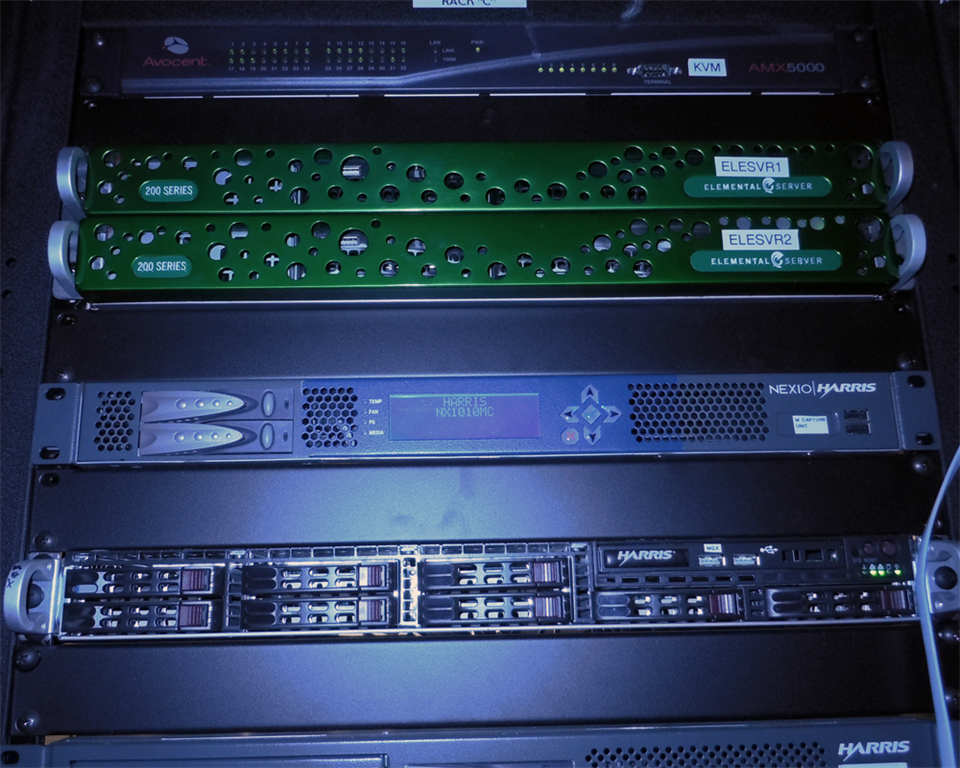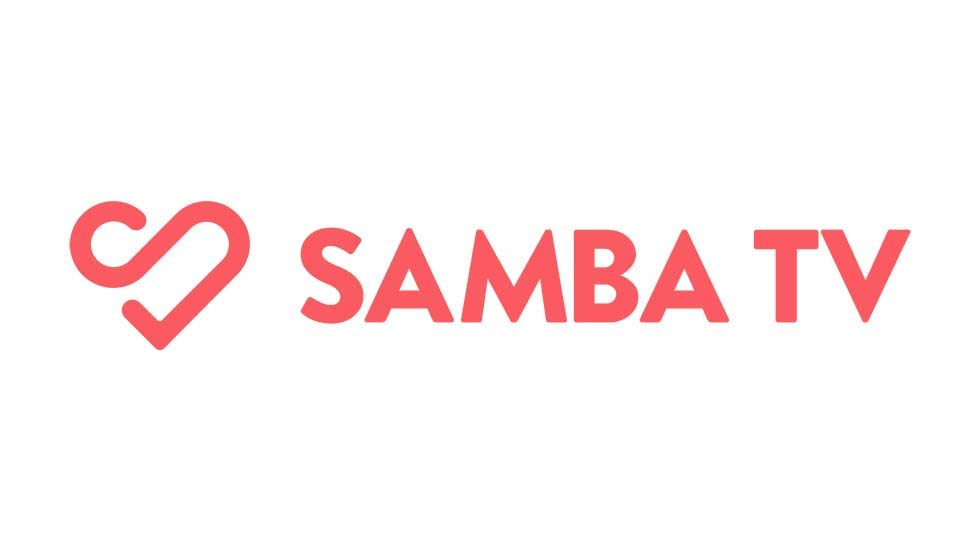Transcoding Brings Order to Multiple File Chaos

WBRE/WYOU of Wilkes-Barre, Pa., uses Telestream to transcode its media files.
OTTAWA—The move from videotape to file-based video recording has resulted in unexpected chaos for TV stations both large and small. The reason? In addition to downloading network and syndicated video content files, TV stations must cope with whatever file formats their own camcorders and editing systems are using; plus an ever-growing range of compressed file formats being submitted by local advertisers and citizen news reporters. These incoming formats have to be rendered compatible with their file-based playout systems, in order for the videos to be broadcast on air.
This is where transcoding comes into play. Transcoders use a range of video codecs to translate video from one format into another that is compatible with a station’s file-based playout system.
The challenge for transcoder equipment manufacturers is to keep up with the ever-increasing number of file-based video systems being released to a standards-averse marketplace. “We are constantly having to refine our transcoders to deal with video codecs that are unfamiliar to us,” said Paul Turner, vice president of enterprise product management at Telestream, a Nevada City, Calif.-based provider of transcoding technology. “The other day, someone came to use seeking a transcoder for the Blink video file standard. We’d never heard of Blink before. It took some digging to discover that Blink is used by a very miniaturized video camera.”
A BROADCASTER’S TALE
WBRE/WYOU, a twin station operation based in Wilkes-Barre, Pa., handles local news for NBC, CBS, and local Fox affiliate WOLF-TV, according to Heidi VanEssendelft-Roach, engineer for the stations. “We use an Omneon file server for playout and storage, and all the file formats we receive have to be made compatible to this system in order to work. We’re getting everything from MOV, MPG4 and MP4 to whatever someone might be using to make their own local commercials, or viewer-shot local news video.”

Heidi VanEssendelft-Roach, WBRE/WYOU station engineer WBRE/WYOU originally started transcoding using a system connected to its ftp site. However, they found that it couldn’t handle all of the file formats coming into the stations. “We had issues with letter-boxing and losing closed-captioning as well,” said VanEssendelft-Roach. The stations recently turned to Telestream to help out.
With the Telestream system, “you put the incoming video files into a ‘hot’ folder, where they are detected by the software and sent to a second folder for processing,” said Turner. “The finished transcode files are then sent to a third folder, where they can be transferred to the playout server.”
Telestream does provide an auto-detect function, where its software figures out what file formats the incoming video files are in, and how best to transcode them. “We have a feature that allows the broadcaster to define the video quality they are looking for,” Turner said. “If the specified codec doesn’t deliver this, the system will automatically try transcoding the video using another codec that might.”
WRBE/WYOU didn’t buy this option, so its staff have to manually define what the incoming file folders are before the Telestream transcoding can redo them. “We have to tell this analysis software what file format we are working with, and let if know if the file has surround sound, because it won’t auto-detect it,” said VanEssendelft-Roach. “Still, the current system is a vast improvement over how we did things before; namely going to the Creative Services department and asking them to transcode the file in Adobeinto something the Omneon could use. The new software also allows us to blow up letter-boxed videos into full 16:9, which looks much better on air.”
A GROUP OPERATOR’S PERSPECTIVE

KTVZ of Bend, Ore., uses the Elemental Server transcoder to handle all of its video ingests. News-Press & Gazette Broadcasting is a family-owned media company with TV stations across the mid- and western United States. KTVZ (NBC/Fox/CW) of Bend, Ore., belongs to a 10-station group with a centralized master control, where the company uses an Elemental Server transcoder to handle all of its video ingests.
“We started using transcoding five years ago,” said Jim DeChant, the company’s director of technical operations. “Before we did, our video had become quite inconsistent to work with. The video files from the networks and syndicators would usually work with our playout system, but the ones we got from local advertisers on memory sticks typically didn’t. That’s how we get most of our local content these days: memory sticks!”
Beyond resolving News-Press & Gazette Broadcasting’s video file chaos, DeChant said that the Elemental transcoders have helped keep equipment costs down. “These units come with their own GPUs [onboard processors for rendering video, like those found on plug-in computer video cards],” he explained. “Having these GPUs onboard meant that we didn’t have to build a server farm to support transcoding. That reduces our capital costs, which we appreciate.”
There’s a moral to these tales, and it is that TV stations of all sizes need reliable, capable transcoders in-house to make the range of video files they receive ready for playout. “In the days of videotape, the most you might have to deal with is VHS or Hi8,” said Turner. “Today, the variety of video file formats just keeps increasing—and broadcasters have to be able to work with all of them!”
The professional video industry's #1 source for news, trends and product and tech information. Sign up below.
James Careless is an award-winning journalist who has written for TV Technology since the 1990s. He has covered HDTV from the days of the six competing HDTV formats that led to the 1993 Grand Alliance, and onwards through ATSC 3.0 and OTT. He also writes for Radio World, along with other publications in aerospace, defense, public safety, streaming media, plus the amusement park industry for something different.

